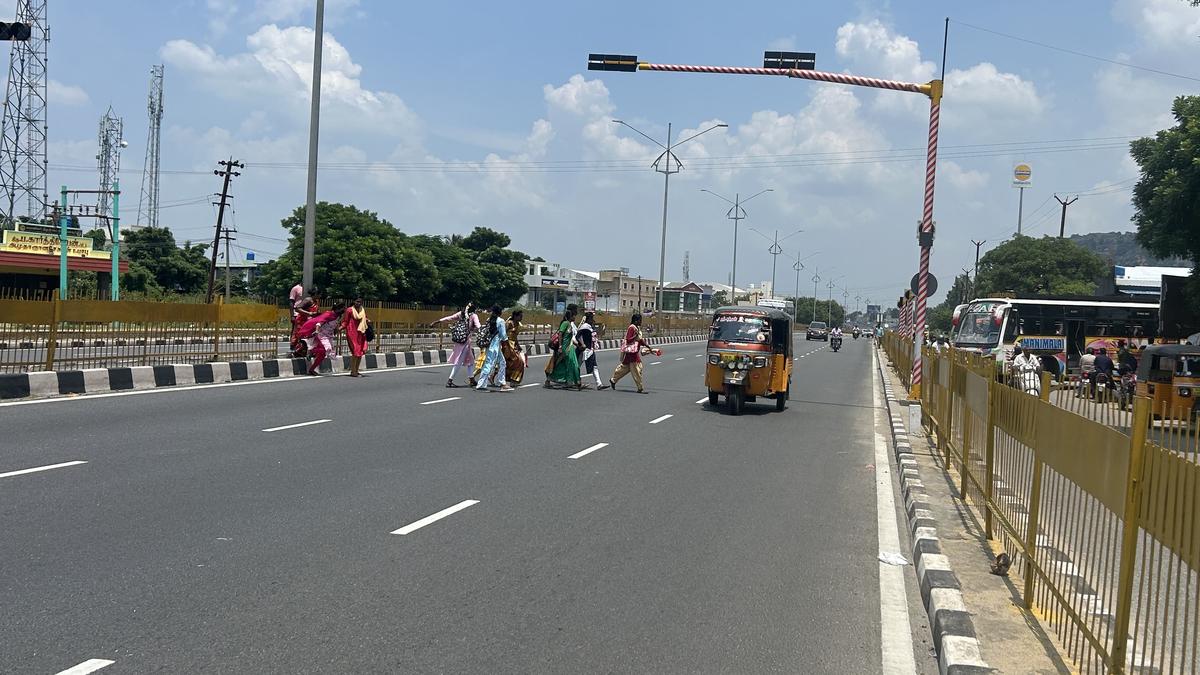Now Reading: NHAI Plans Five New Foot Overbridges on Chennai-Bengaluru Highway for Safety
-
01
NHAI Plans Five New Foot Overbridges on Chennai-Bengaluru Highway for Safety
NHAI Plans Five New Foot Overbridges on Chennai-Bengaluru Highway for Safety

Swift Summary
- Initiative: The National Highways Authority of India (NHAI) plans to build foot overbridges (FOBs) at five accident-prone black spots on NH 48 in Vellore, located along the Chennai-Bengaluru Highway.
- Locations Identified: Poigai village, Vasur village, Melmanavur village, Vallalar Nagar, adn Rangapuram will see new FOBs.
- Key Features:
– bridges will include around 20 staircases on each side of service lanes.
– Shelters with lighting and CCTV cameras.
– Fencing to prevent accidental falls; ramps for persons with disabilities; lifts for senior citizens and women.
- Reasoning Behind construction: Growth in habitations and commercial activities has increased pedestrian movement across the carriageway, requiring safer crossing provisions. Existing practices involve pedestrians using small openings in steel medians near bus stops.
- Usage Highlights:
– Nearby significant facilities include hospitals, temples attracting devotees, industrial training institutes (ITI), and a Sri Lankan Rehabilitation Camp.
- Costs & Timelines: Each FOB will cost approximately ₹1.8 crore. Construction is set to begin within months.
Indian Opinion Analysis
The proposed construction of foot overbridges along the Chennai-Bengaluru Highway appears to be a well-thought-out measure addressing pedestrian safety concerns at high-risk accident-prone areas. With significant growth in nearby habitation zones, commercial hubs like essential commodity shops have increased interactions across these stretches. Infrastructure targeting safety not only improves quality of life but might also reduce traffic disruptions caused by unsafe crossing practices.
Key design features such as ramps for disabled individuals and lifts prioritize inclusivity and emphasize NHAI’s people-centric approach. Furthermore, incorporating lighting and CCTV cameras strengthens security elements for vulnerable groups like senior citizens or women.While this solution largely targets highway spots with specific safety risks tied to population density or facilities nearby (e.g., temples or rehabilitation centers), scaling such efforts uniformly every 1.5 km aligns well with broader traffic norms cited by NHAI officials. Future initiatives could focus on ensuring proper maintenance once operational while monitoring its impact on reducing accidents across similar regions nationwide.Read more






















